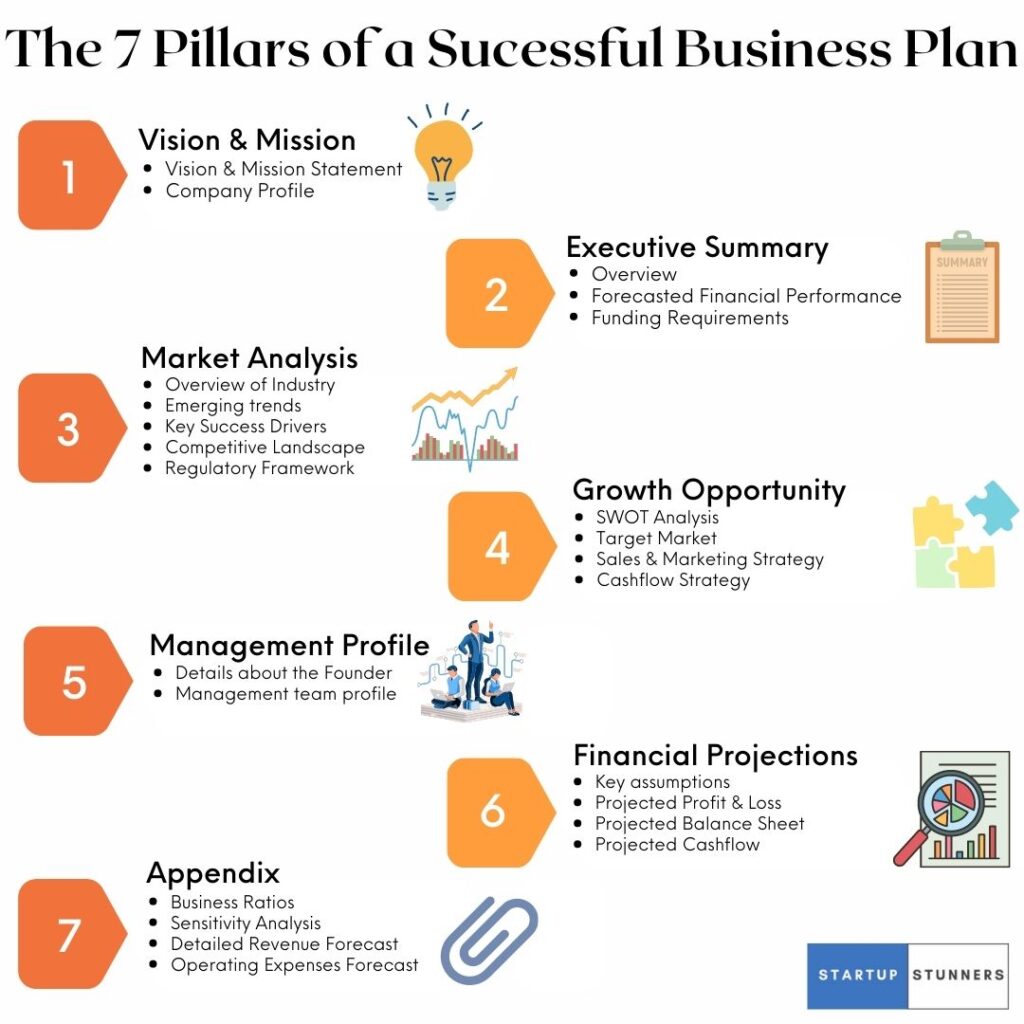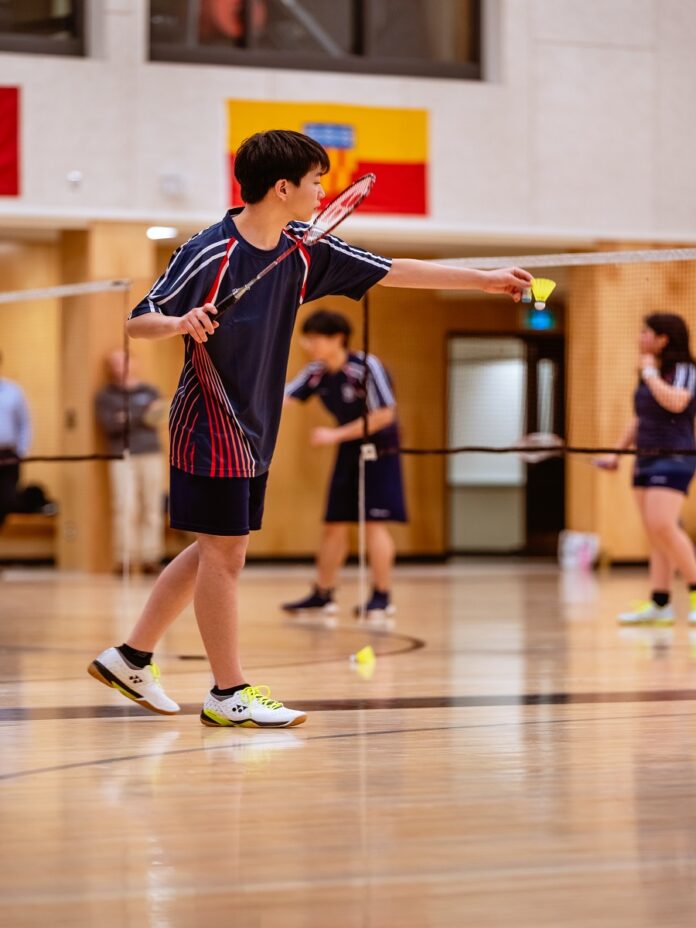For individuals with a passion for the sport, opening an indoor badminton court business can be a fulfilling and successful endeavor. The need for badminton courts rises in tandem with badminton’s rising popularity. There are various chances to enter the market, whether you want to open a single court or a full-fledged badminton complex.
The process of opening a badminton court, from picking the ideal location to creating the court and starting a badminton complex to marketing and promoting the business, will be covered in this blog post. Additionally, we’ll talk about the post’s primary and secondary keywords, including indoor badminton court, indoor badminton court, badminton court, badminton business, badminton complex, and indoor badminton. This manual is intended to assist you in converting your love of badminton into a lucrative business endeavor.
Start a badminton court business – Step by Step Guide
Quick Facts
| Industry trend | Growing |
| Investment range | $50,000 – $200,000 |
| Revenue potential/annual | $100,000 – $500,000 |
| Commitment | Full-time |
| Time to build | 6-12 months |
| Profit potential | $50,000 – $200,000 |
Step 1. Industry Overview
With rising involvement in the sport at both the recreational and competitive levels, the badminton market is expanding quickly. Over 220 million players worldwide, badminton has one of the highest participation rates across the world. Badminton sport is becoming increasingly popular. The popularity of badminton among all age groups, the rise in badminton tournaments and events, and the rise in interest in fitness and wellness activities are some of the causes driving this increase.
Additionally, the COVID-19 epidemic has increased demand for indoor sports and activities as people seek out substitute ways to be active and healthy when restricted at home. Due to the rise in demand for indoor badminton courts and related equipment, there is now a sizable market for people wishing to open a badminton court business.
Additionally, there is a growing need for badminton equipment, which is being fueled by the sport’s rising popularity. Some of the reasons influencing the growth of the market are the increase in badminton tournaments and events, increased interest in fitness and wellness activities, and rising involvement in the sport.
In conclusion, the badminton market presents a promising prospect for business owners wishing to launch a venture in the sports and fitness industry. A badminton court business can be effective and profitable with the correct location, design, marketing, and promotion.
Step 2. Create a Business Plan
Creating a business plan is essential for anyone looking to start a badminton court business as it outlines the strategies and goals of a business and serves as a roadmap for its growth and success.

Startup Stunners has been providing Business Plan writing services for the past several years and you may also consider acquiring our services to have a comprehensive Business Plan for your business by contacting our team of experts at startupstunners.com/contact-us/
Step 3. Investment Required
The cost to start a badminton court business will vary depending on a number of variables, including the court’s size and layout, its location, and the equipment and facilities needed.
- Startup Cost
Court Construction: Construction costs will vary depending on the size, layout, and materials utilized to build a badminton court. A typical indoor badminton court might cost between $50,000 and $150,000 to construct.
Equipment: Depending on the quality and amount needed, badminton equipment prices, such as nets, posts, rackets, and shuttlecocks, will vary. Equipment costs between $5,000 and $10,000 on average.
Licensing and permits: In order to operate a business, you will need to secure all relevant licenses and permits, such as a business license, an occupancy permit, and a fire safety permit. These expenses might cost anywhere from a few hundred dollars to several thousand dollars, depending on the area.
Marketing & Promotion: You must invest in marketing and promotion if you want to draw clients and increase brand recognition. This can include the price of creating printed materials like flyers, brochures, business cards, and websites.
- Recurring expenses
Rent or mortgage: If you’re renting the space where your badminton court is located, you’ll need to make regular rent payments. If you’re purchasing a property, you will have to make mortgage payments.
Utilities: You’ll have to make payments for things like internet, water, and power.
Staffing: You will be required to pay for staffing, including employee compensation and benefits.
Maintenance: To keep the court in good shape, routine maintenance will be needed for the buildings, equipment, and court itself.
Insurance: In order to shield your company from any hazards, you must buy insurance.
Depending on the aforementioned variables, the overall cost of operating a badminton court business might range from $50,000 to $200,000 or more. To make sure you have the money to pay for all initial fees and continuing expenses, it’s crucial to develop a thorough budget and financial plan.
Step 4. Choosing the Right Location
When opening a badminton court business, selecting the appropriate location is essential. By altering the court’s accessibility, visibility, and attraction to potential consumers, the court’s location can have an effect on the business’s success.
Accessibility: The court should be situated in a place that is simple to get to, has decent public transportation, and has plenty of parking. Customers will find it easier to visit the court as a result, increasing the possibility that they will do so.
Competition: When choosing a site, it’s critical to take the local level of competition into account. Having some competition is beneficial, but a location with too many badminton courts can find it difficult to draw in consumers. Finding a balance between a region with a strong demand for badminton courts and a region with little competition is crucial.
Population density: The area’s population density should also be taken into account. A densely populated location will offer a wider pool of potential clients, increasing the likelihood that the court will be successful.
Demographics: The area’s demographics, particularly the age group and income level, are a significant additional factor. You can better target your marketing efforts and provide the appropriate services for the area by being aware of the age and income of the local people.
Along with these elements, it’s crucial to take into account the location’s cost, such as rent or mortgage payments, as well as any future renovation expenditures. You can make sure that you select a site that will position your badminton court business for success by carefully taking into account each of these factors.
Step 5. Licenses and Permits
A key component of opening a badminton court business is obtaining the necessary licenses and permits. Different licenses and permits could be necessary depending on the region and size of the firm.
Business License: In the majority of jurisdictions, a business license is necessary to operate a business. Depending on where you are, you may need to submit a business plan, get cleared for a background check, and pay a fee in order to get a business license.
Zoning Permission: A zoning permit is necessary to make sure the company abides by local zoning laws. This can entail making sure the establishment is situated in a commercial area and that the building complies with local building regulations.
Building Permit: Construction or renovation of a building requires the acquisition of a building permit. This can entail making sure the structure complies with regional safety standards and construction requirements.
Fire Code Permit: A fire code permit is necessary to make sure that the company complies with local fire safety laws. Making sure the building has functional fire exits and that the company has a fire alarm and sprinkler system is one example of this.
Health Department Permit: To make sure that the business complies with local health and sanitation laws, a health department permit may be necessary. This could entail making sure the company has suitable food handling and waste disposal facilities.
Before starting a business, it’s crucial to find out what licenses and permits are needed for the area where it will be located. If the required licences and permits are not obtained, the business risk fines, penalties, and even closure.
Step 6. Building and Designing the Court
There are various processes involved in designing and building an indoor badminton court, including planning, building, and installing amenities and equipment.
Plan the design and layout of the court as the first step in constructing an indoor badminton court. This includes figuring out the court’s dimensions, the kind of flooring it will have, and where it will be situated inside the building. When designing the layout, it’s crucial to take accessibility, visibility, and safety into account.
The court can be built once the design and configuration have been decided. An indoor badminton court’s most popular type of flooring is a wooden one since it offers a steady bounce and strong traction. The walls and ceiling must be tall enough to support a shuttlecock’s flight, which is normally about 20 feet in height.
Installing the essential facilities and equipment, including as nets, posts, lighting, and seats, is the next step. To maintain a cosy temperature and good air quality, the court should also have ventilation and air conditioning.
The court should be constructed and designed to adhere to all safety and rules, including fire safety and accessibility guidelines. In order to make sure that the court conforms with all relevant rules and regulations, it is crucial to engage with local authorities.
Materials and tools required:
Flooring: Badminton courts are equipped with wood or synthetic flooring.
Lighting: Excellent lighting that gives gamers enough illumination
Nets and Posts: Badminton net and posts that comply with the specified specifications
Shuttlecocks: High-quality shuttlecocks for use in games
Air conditioning and Ventilation: Keeping the air clean and at a comfortable temperature requires ventilation and air conditioning.
Seating: There is plenty room for spectators.
To guarantee that the court is constructed and planned to the greatest standards, it is vital to collaborate with knowledgeable specialists, such as architects, builders, and equipment suppliers. This will guarantee that the court is secure, useful, and appealing to potential clients.
Step 7. Starting a Badminton Complex
Starting a badminton complex entail growing the company by enhancing the current indoor badminton court with other features like a pro-shop, fitness facility, or lounge area. It can be a terrific strategy to draw in more clients, boost earnings, and offer a larger selection of services.
Pro-shop: A pro-shop is a store that sells badminton apparel, footwear, and equipment. It can be a great method to boost sales and give customers a simple way to get the supplies they need for their games.
Fitness center: By including a fitness center in the complex, more people will visit and will have access to a greater range of services. Along with weightlifting and aerobic machines, the fitness center may also offer Pilates and yoga courses.
Lounge: A lounge area can give patrons a space to unwind and mingle prior to or following their games. It might have cosy chairs, TVs, and vending machines.
Starting a badminton complex has several benefits:
- By bringing in more clients and offering a greater choice of services, adding more amenities can boost revenue.
- Increasing client satisfaction and encouraging repeat business can be accomplished by offering a greater selection of services.
- A well-equipped and well-designed facility can draw more patrons and raise the company’s profile.
A badminton complex’s drawbacks include:
- Setting up and maintaining the extra amenities will cost more money.
- There can be more rivalry from nearby badminton complexes.
- A complex requires more administration and staffing to operate than a single indoor badminton court does.
When a badminton complex is added to an existing business, it’s crucial to weigh the costs and advantages of each new facility and to make sure that the complex is constructed to the greatest industry standards in order to draw patrons. Additionally, it’s critical to take local rivalry into account and confirm that the complex offers a distinctive and alluring service.
Step 8. Marketing & Promotion
A badminton court business needs marketing and promotion to succeed. The essential message for the company might be to emphasize the advantages of badminton as a thrilling, demanding, and healthful exercise, as well as the practicality and high caliber of the facilities.
Social Media: Using social media to connect with and engage with the target audience. Examples of social media platforms are Facebook, Instagram, and Twitter. This may entail producing interesting content, such as movies, images, and testimonies, as well as launching social media campaigns to advertise deals and occasions.
Email campaigns: Sending email campaigns to a subscriber list is an efficient approach to advertise a business and remind clients about future occasions, deals, and promotions.
Local advertising: Targeting your audience and boosting your company’s visibility can be accomplished by placing ads in regional publications, radio, TV, and newspapers.
Event sponsorship: Supporting regional badminton competitions and events can raise the company’s profile and open doors for networking and cooperation.
Loyalty Programs: Offering rewards to consumers who recommend friends and family can be a good strategy to boost customer loyalty and draw in new clients.
It’s crucial to use innovative marketing and promotion tactics that are consistent across all channels in order to maintain the message and the brand. To make sure that the company is reaching and connecting with the target audience, it’s also critical to evaluate the efficacy of marketing efforts and make any necessary adjustments.
Conclusion:
It can be difficult but lucrative to launch a badminton court business. The stages necessary to launch a profitable badminton court business have been covered in this article, including developing a business plan, choosing the ideal location, and constructing and designing the court. Additionally, we covered the significance of obtaining the required licences and permits as well as efficient marketing and advertising techniques.
To summarize, key points to consider when starting a badminton court business are:
- Writing a thorough business plan that details the objectives, plans, and financial predictions of the company.
- Selecting a place with a large population density, minimal competition, and ease of access
- Constructing and constructing the court to adhere to safety and legal requirements
- Securing the required licenses and permits before starting a firm.
- Marketing and advertising tactics that successfully connect with and appeal to the target market
In summary, opening a badminton court business needs careful preparation, research, and dedication, but with the appropriate strategy, it can be a fruitful and lucrative endeavor.
Frequently Asked Questions:
How much does it cost to start a badminton court business?
Depending on the location, size, and services provided by the business, the cost to open a badminton court can vary. An estimated $50,000 to $200,000 can be needed on startup costs, plus ongoing expenses for things like employees, maintenance, and marketing.
Is there a high demand for indoor badminton courts?
Yes, as the sport continues to expand in popularity, there is a growing need for indoor badminton courts. The number of courts and clubs has increased as a result of the growing number of badminton fans and players.
What are the most important factors to consider when selecting a location for a badminton court business?
When choosing a location for a badminton court business, accessibility, competition, and population density are some of the most crucial considerations. Parking options, accessibility to public transportation, and the presence of additional sporting facilities nearby should all be taken into account.
What are the safety and regulation standards that must be met when building and designing a badminton court?
It’s crucial to follow local building standards and safety regulations when creating a badminton court. This entails making sure the court is equipped with suitable lighting, ventilation, and fire safety equipment. It’s also crucial to make sure the court is sized and laid out properly for badminton matches.
How can I market and promote my badminton court business?
A badminton court business can be marketed and promoted in a number of ways, including through social media, email marketing, and regional advertising. In order to draw in new clients, it’s crucial to form alliances with neighbourhood sports clubs and organisations and to run specials and promotions.
Can I expand my badminton court business by creating a badminton complex?
You can grow your badminton court business by building a complex that offers other features like a pro shop, fitness facility, or lounge space. As a result, your customer base might be more diverse and your revenue potential is increased. However, it’s crucial to take into account the extra expenses and duties that come with managing a complex.






